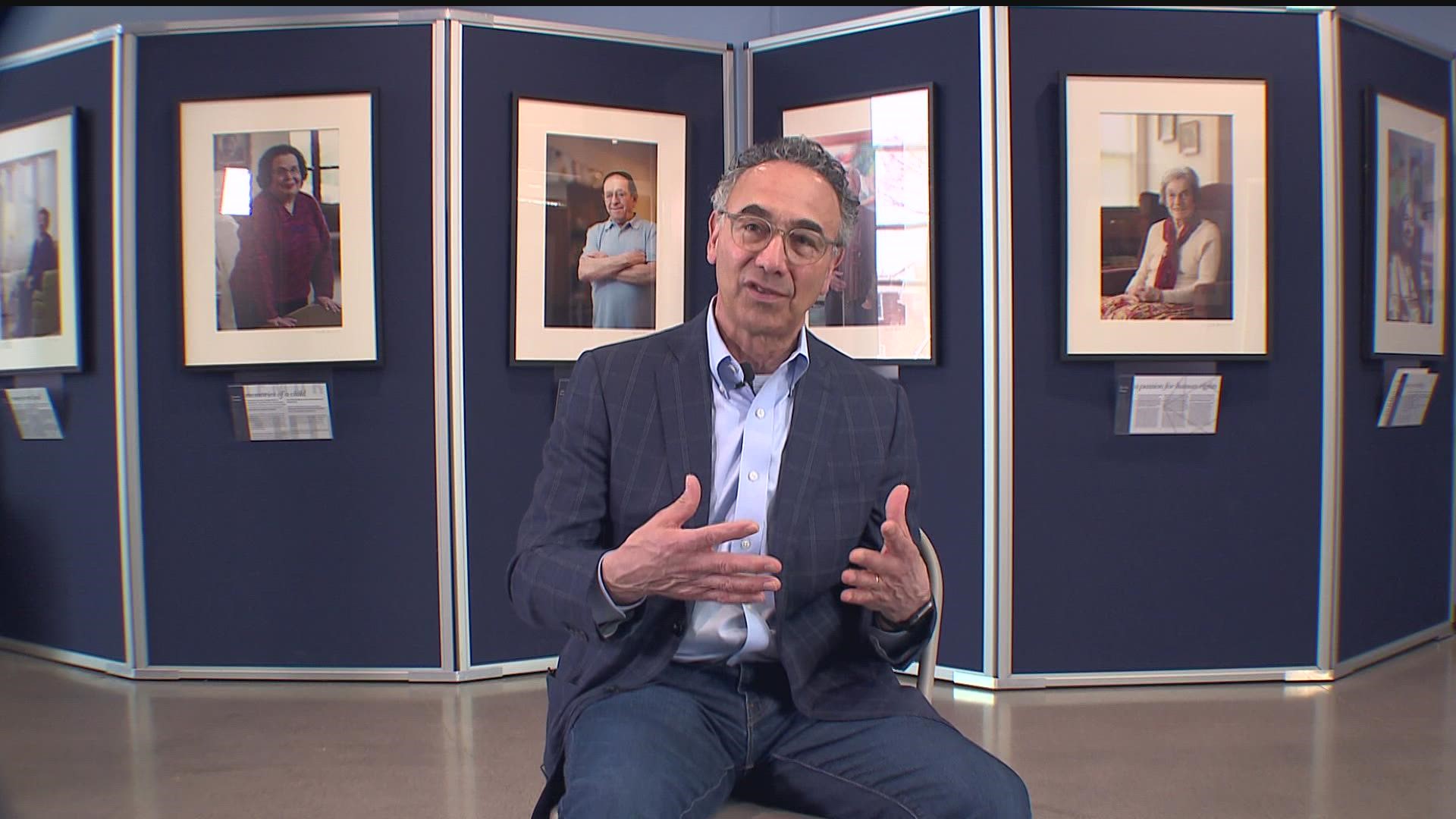GOLDEN VALLEY, Minn. — On Thursday, as part of Holocaust Remembrance Day, Israel observed a day of mourning for the six million victims of Nazi genocide.
A siren sounded and people stopped, wherever they were in that moment, to never forget.
Here at home we cannot either. And there are sobering reasons right now, in the present, to show us why.
Anti-Semitic incidents in the state of Minnesota rose 226% last year, compared to the year before, according to the Anti-Defamation League.
Nationally they reported more than 2,700 incidents, the most ever in that organization's history.
It reminds us that the "othering" continues.
And, in the face of that, we want to bring you a story of survival.
In 2010, 55 survivors of the Holocaust, who made Minnesota home, answered a call for a photo shoot.
"It was really a lifelong dream of mine to make portraits of Holocaust survivors," says photographer David Sherman.
Sherman wanted to capture their lives in an image.
"My objective was to show survivors who have persevered, not being locked in 1945. Not being locked in their experiences in the Holocaust," he said. "And you will see the portraits are all in color. They are all in the survivors' homes. The portraits show vitality, life and happiness."
They show who they became in spite of the evil that hunted them for who they are. They became Minnesotans. They became doctors and teachers, husbands and wives. They became living history.
"You can't, you can't really put words together to appropriately describe the difficult circumstances, and in a lot of cases, the beauty of how people survived," he says.
They lived to tell the truth of an evil that tried to erase them, and lived to defeat evil in the most pure way, by doing just that, living.
The entire photography project is called Transfer of Memory. Laura Zelle, the director of Holocaust education for the Jewish Community Relations Council of Minnesota and the Dakotas, worked with David to capture the stories of the people, while he captured their likenesses.
"We also wanted viewers to, as they read some of these stories or as they looked at these colorful portraits, and knew what these survivors have been through, that they could actually draw strength," she said.
That is an important part of telling the Holocaust story - Elie Wiesel said, "Whoever listens to a witness becomes a witness."
So whoever looks at these portraits, and hears the stories of these survivors, becomes a part of the chain of witnesses who then retell the truth of history.
"So really the message is what do survivors tell us. As Eva Gross told me, 'we are all born innocent and you have to be taught to hate,'" Sherman says.
"This is about resiliency, this is about hope," says Zelle. "These are people that have gone on to rebuild their life in Minnesota, and what can we all learn from that."
In 12 years, the Transfer of Memory exhibit has travelled all over this state and the Dakotas. If it's something you want to see, you can — on Sunday from 4-6 p.m. at the Twin Cities German Immersion School in St. Paul.
And yes, I said the German Immersion School.
Why there?
That schools director says, "As a school focused on German language and culture, we have a unique responsibility to teach about the Holocaust."

